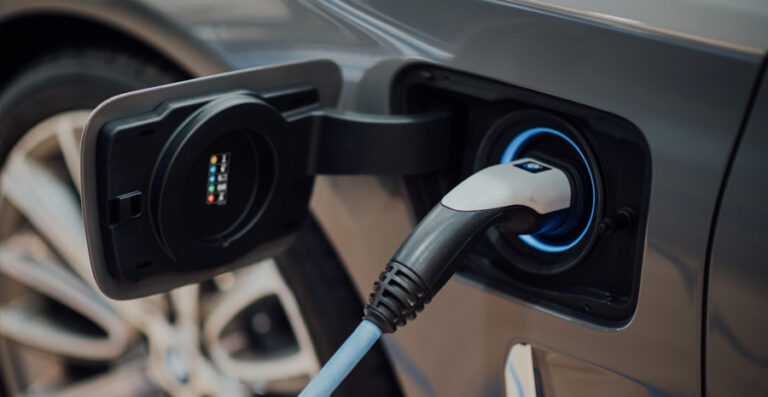The vehicle electrification trend is being met with skeptical consumers, but the US government’s ambitious goal of 50% electric vehicles (EVs) sale share of new cars by 2030 and 100% by 2040 was met with an influx of public and private investments to bolster the EV ecosystem. One of the primary focal points for both automotive manufacturers and consumers is the battery, and the global rush to invest in battery manufacturing is a direct response to anticipation of surging demand for EVs and renewable energy storage solutions. This triggered a race among nations to secure their supply chains and establish themselves as leaders in the clean energy and EV transition.
A significant mismatch between supply and demand is emerging in battery manufacturing capacity. According to BloombergNEF, global lithium-ion battery manufacturing capacity across EVs and stationary storage was 2,600 GWh last year, while demand was ~950 GWh. China alone produced nearly the GWh demanded for EVs and stationary storage in 2023. The hope is for consumer demand to grow into the capacity, but demand for EVs could have been better. Affordability remains a significant barrier to larger-scale EV adoption among US consumers.
A recent survey revealed that nearly half of respondents believe EV prices are too high, making affordability the top concern over other factors like range and charging access. Government subsidies and tax credits to help spur demand have helped, but the next leg of EV adoption is reliant on cheaper options for consumers. One of the most significant contributors to the cost of EVs is the battery, which has continued to become more affordable since 2008, decreasing nearly 90%. This trend will likely persist as battery overcapacity drives down the critical input cost of manufacturing new EVs.
If the anticipated growth in EV adoption materializes, there will be an increased reliance on the US electrical grid. Significant investments in generation and transmission infrastructure will be required, coupled with innovative new load management techniques and technologies. One thing is clear: as battery costs continue to decline, the affordability of new electric vehicles will improve, driving further adoption.



